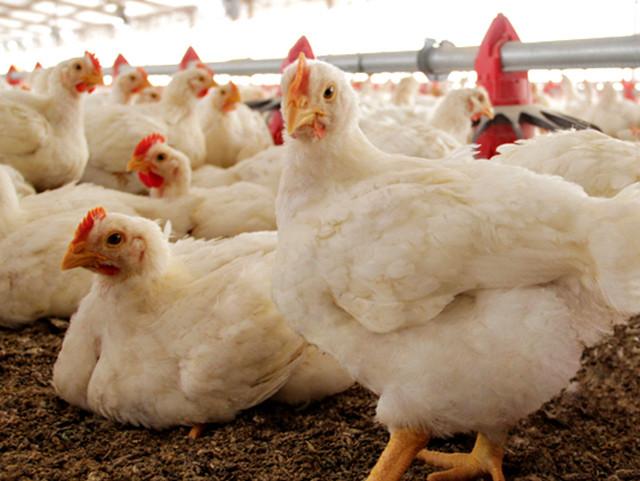Beginning in fiscal 2022, Tyson Foods launched a new productivity program, which is designed to drive a better, faster, and more agile organization that is supported by a culture of continuous improvement and faster decision-making.
The company is targeting $ 1 billion in productivity savings for fiscal 2024, relative to a fiscal 2021 cost baseline.
The execution of this program will be supported by a program management office that will ensure compliance with the key milestones of the project and will report on savings achievements related to the three pillars of the program.
The first pillar is operational and functional excellence, which includes functional efficiency efforts in Finance, Human Resources and Procurement focused on applying best practices to reduce costs.
On the other hand, the second pillar is the use of new digital solutions such as artificial intelligence and predictive analytics to drive efficiency in operations, supply chain planning, logistics and warehousing.
The third pillar of the productivity program is automation, which will leverage automation and robotics technologies to automate difficult and high-turnover positions.
At this time, Tyson Foods does not anticipate that the costs associated with this program will be significant.
Productivity program
In the first quarter of fiscal 2020, the company approved a restructuring program, which is expected to contribute to Tyson Foods’ overall financial fitness strategy by eliminating overhead and consolidating certain business functions.
In fiscal 2021, the company sold products to customers in approximately 140 countries.
The main sales markets include Australia, Canada, Central America, Chile, China, the European Union, the United Kingdom, Japan, Mexico, Malaysia, the Middle East, South Korea, Taiwan and Thailand.
Its sales to customers in foreign countries for fiscal year 2021 totaled $ 7 billion, of which $ 4.9 billion was related to export sales from the United States.
In addition, the company had approximately $ 1.36 billion of long-lived assets located in overseas locations, primarily Brazil, China, the European Union, New Zealand and Thailand, at the end of fiscal 2021.
![]()

